Why a presidential term limit got written into the Constitution – the story of the 22nd Amendment
Published in Political News
Only one person, Franklin Delano Roosevelt, has ever served more than two terms as president of the United States. This is for two reasons.
First, prior to Roosevelt’s election to a third term in 1940 there was a longstanding American tradition that presidents not serve more than two terms.
This tradition was established by the decisions of early presidents such as George Washington, Thomas Jefferson and James Madison not to seek a third term. This tradition was later adopted by other presidents.
Second, after Roosevelt died in office in 1945 during his fourth term, Congress and the people of the United States decided to turn the long-standing tradition that presidents should not serve more than two terms into a part of constitutional law.
This was done through the passage and ratification of the 22nd Amendment, which became part of the U.S. Constitution in 1951.
The key provision of the 22nd Amendment reads as follows: “No person shall be elected to the office of the President more than twice, and no person who has held the office of President, or acted as President, for more than two years of a term to which some other person was elected President shall be elected to the office of the President more than once.”
The intent is clear. No one is supposed to serve more than two full terms as president.
The only way someone can serve more than two terms is if they served less than two years in a previous term in which they weren’t elected president.
Here’s an example: If a vice president becomes president during the final year of a term because the president died, that vice president could still run for two terms. But that exception is still meant to bar anyone from serving more than a total of 10 years as president.
It is worth understanding why the two-term tradition was considered so important that it was turned into constitutional law the first time it was violated.
Commentators often cite George Washington’s decision not to seek a third term as president as establishing the two-term tradition. Political scientist and term limit scholar Michael Korzi gives a lot more credit to the nation’s third president, Thomas Jefferson.
Jefferson was outspoken in favor of the two-term tradition. As Korzi notes, this was, in part, because “Jefferson saw little distinction between a long-serving executive in an elective position and a hereditary monarch.” In other words, a president without term limits is too much like a king.
Jefferson saw a president who was willing to break the two-term tradition as power hungry, and he hoped that the American people would not elect such a president. This led him to write in his autobiography in 1821 that “should a President consent to be a candidate for a 3d. election, I trust he would be rejected on this demonstration of ambitious views.”
Jefferson also worried that without term limits, presidents would stay in office too long into their old age and after they had lost their ability to govern effectively. This led him to write that without term limits, there was a danger that “the indulgence and attachments of the people will keep a man in the chair after he becomes a dotard.”
Subsequently, presidents tended to abide by the two-term tradition. And in the few cases where presidents decided to seek a third term, their own parties would not give them the nomination.
That remained true until Roosevelt ran for, and won, both a third and a fourth term as president during World War II.
Roosevelt’s violation of the two-term tradition prompted Congress and the states to turn the tradition into a formal matter of constitutional law.
A major concern motivating the amendment was the same one that motivated Jefferson: to prevent a president from becoming a king. Multiple members of Congress identified the same concern during congressional sessions in the 1940s.
Sen. Chapman Revercomb from West Virginia stated that power given to a president without term limits “would be a definite step in the direction of autocracy, regardless of the name given the office, whether it be president, king, dictator, emperor, or whatever title the office may carry.”
Similarly, Rep. Edward McCowen from Ohio said that the 22nd Amendment would be “a great step toward preventing a dictatorship or some totalitarian form of government from arising.”
And Rep. John Jennings Jr. from Tennessee stated that only by adoption of the 22nd Amendment “can the people be assured that we shall never have a dictator in this land.”
Congress passed the 22nd Amendment on March 21, 1947. It took less than four years for the necessary three-fourths of the states to ratify the amendment, which became law on Feb. 27, 1951.
In the 1980s, political scientist Juan Linz identified that presidential systems are less stable than other forms of democracy, such as parliamentary systems. The difference seems to be that presidential systems concentrate more power in the hands of a single person, the president. This makes it easier to remove the checks and balances that democracies depend on.
As scholars have noted, violation of presidential term limits and other methods of increasing executive power are a common form of democratic backsliding – state-led debilitation or elimination of the political institutions that sustain a democracy.
Law professor Mila Versteeg and her colleagues have shown that in recent years presidents around the globe have used various tactics to try to violate presidential term limits. These tactics include trying to amend their country’s constitution, trying to get the courts to reinterpret the constitution, finding a replacement leader who the former president can control once out of office and attempting to delay elections.
They note that most of the time when a president’s attempt to violate term limits fails it is “because the attempt encountered widespread popular resistance.” They conclude that this finding implies that “broad resistance movements” may be the best means to prevent violation of presidential term limits.
This article is republished from The Conversation, a nonprofit, independent news organization bringing you facts and trustworthy analysis to help you make sense of our complex world. It was written by: Mark Satta, Wayne State University
Read more:
How Trump could try to stay in power after his second term ends
Has any US president ever served more than eight years?
So you want to be an autocrat? Here’s the 10-point checklist
Mark Satta does not work for, consult, own shares in or receive funding from any company or organization that would benefit from this article, and has disclosed no relevant affiliations beyond their academic appointment.

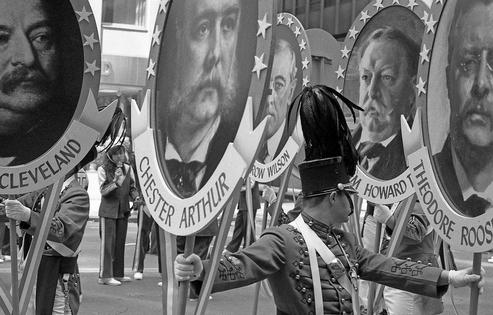
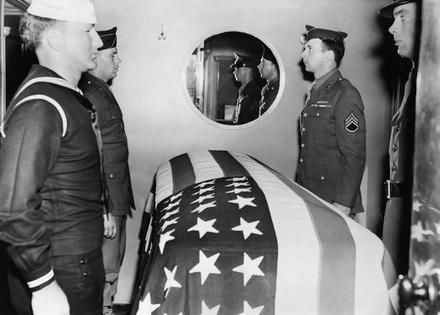
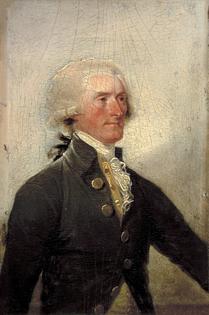
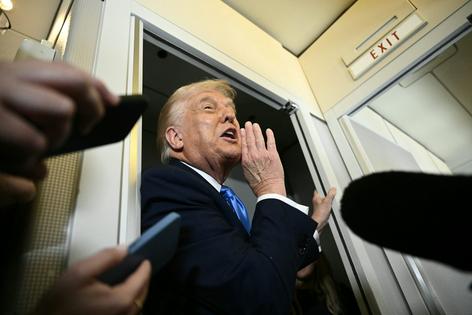





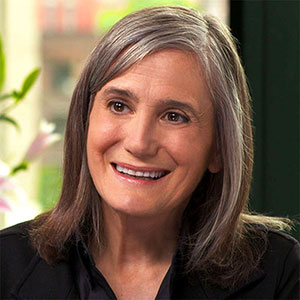
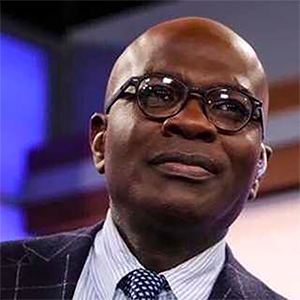

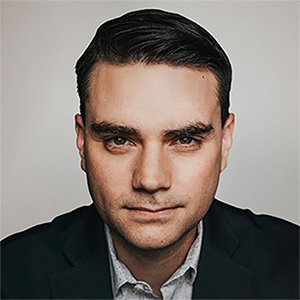

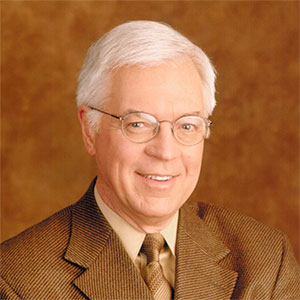

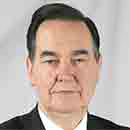

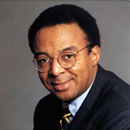



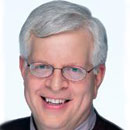
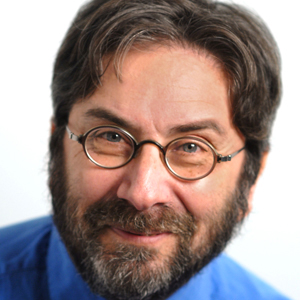
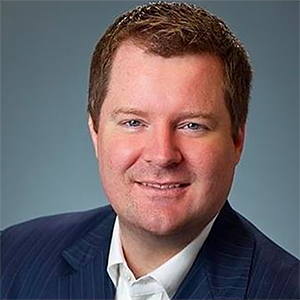
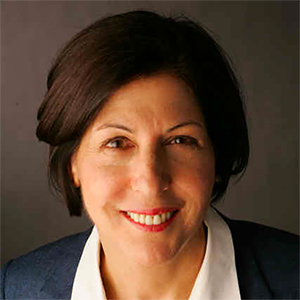
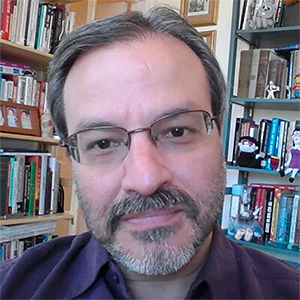

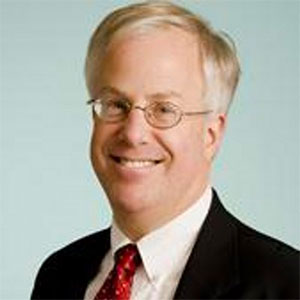

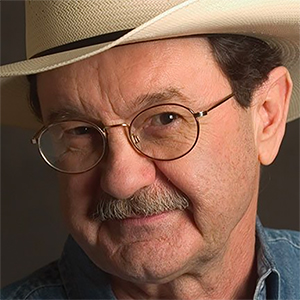
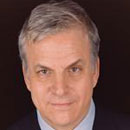
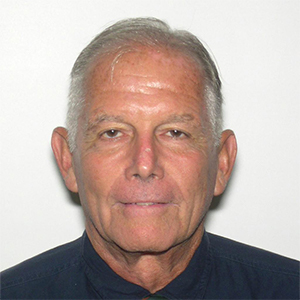
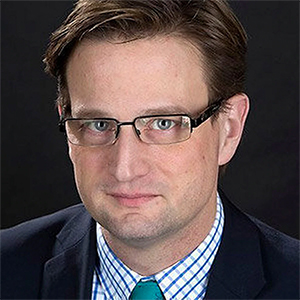
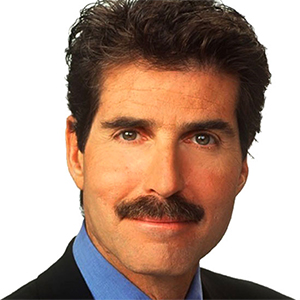
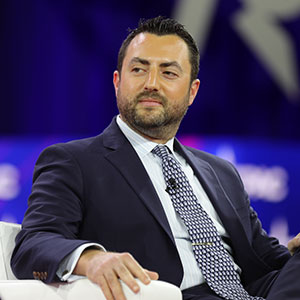
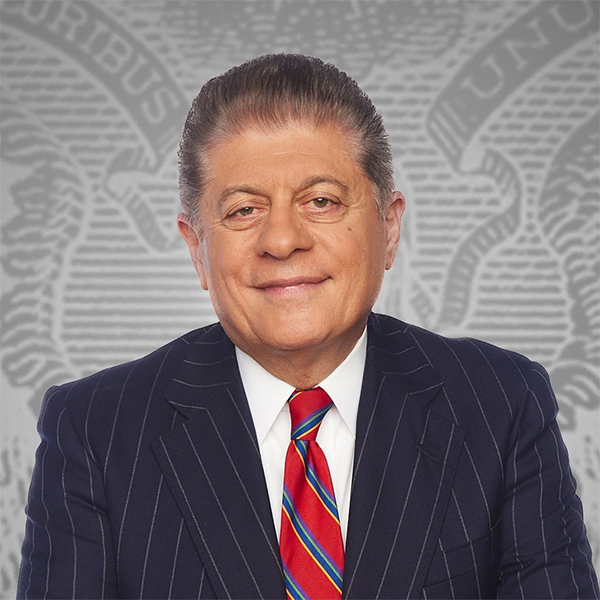


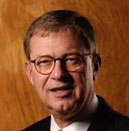
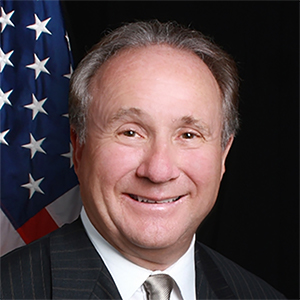

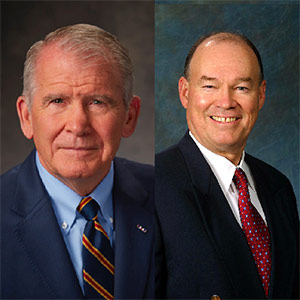
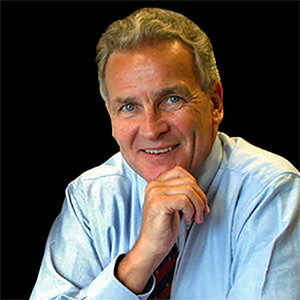

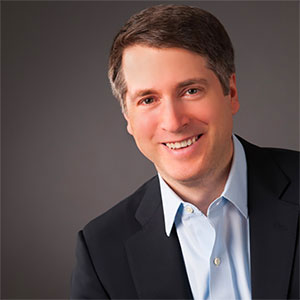
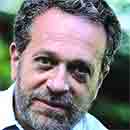
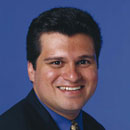
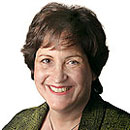



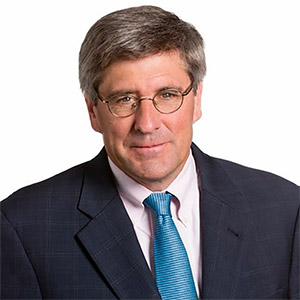

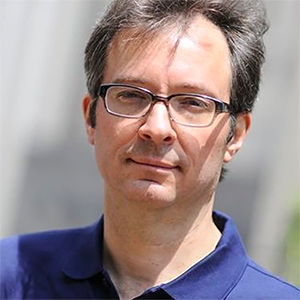
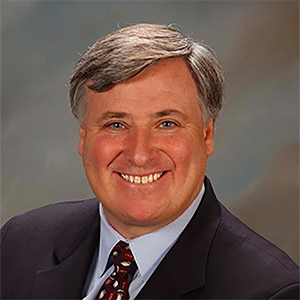

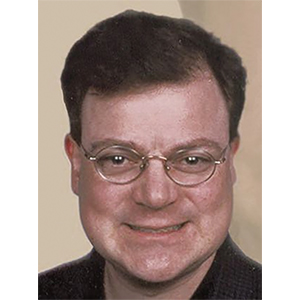


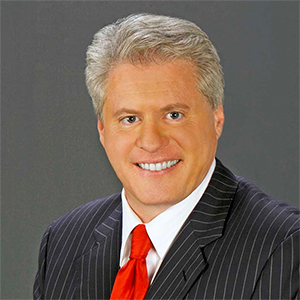
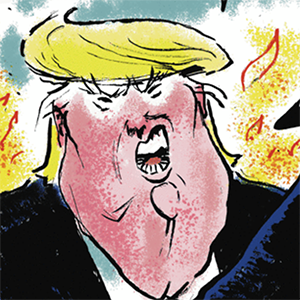
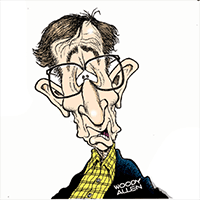


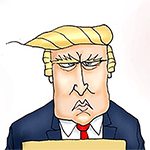

Comments